The nine best Team Ninja games, from Nioh to Ninja Gaiden
Nioh, Dead or Alive, Ninja Gaiden, oh my! Let's look back at some of the best Team Ninja games.
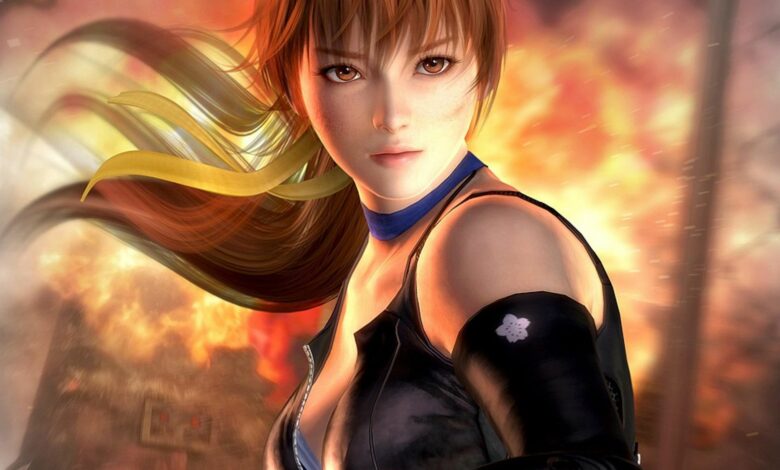
Team Ninja has been a powerhouse ever since it formed in 1995. Originally spun off at Tecmo as a team to port the Dead or Alive series to consoles, it’s since grown to its own subsidiary operating inside Koei Tecmo. In honor of Wo Long: Fallen Dynasty, we’re taking a look back at some of the best Team Ninja games.
The developers have come a long way since the first Dead or Alive games, but in a way, they’ve also stuck to their original design philosophy. Tight action, thrills, and a dedication to their game worlds set Team Ninja apart from other developers.
Through its 28-year history, Team Ninja has developed or co-developed over 35 games for multiple consoles and publishers. With such a large selection of titles to choose from, we narrowed it down to our nine favorites. We’re presenting them in release order, starting from their earlier titles and moving on to future releases.
With that all out of the way, here’s our list of the nine best Team Ninja games!
1: Dead or Alive (1996, Arcade / SEGA Saturn / PlayStation)
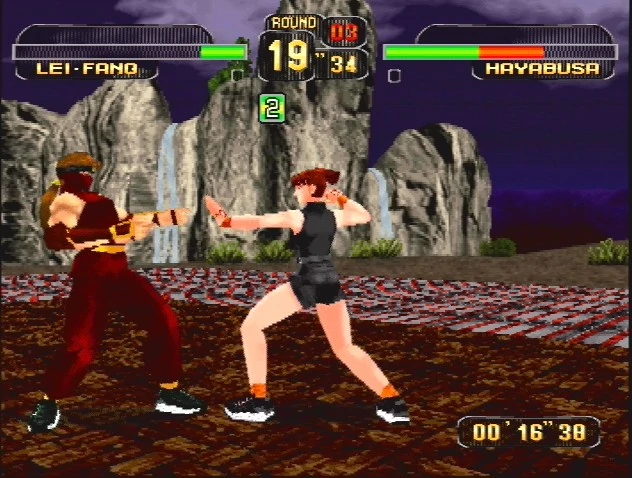
Let’s go back to the original Dead or Alive, which helped save Koei Tecmo from financial troubles in the 90s. Built on the same arcade board as SEGA’s Virtua Fighter 2, Dead or Alive deliberately echoed the iconic SEGA fighting series. It was one of the most popular 3D fighters on the market at the time, so it made sense that Koei Tecmo wanted a version for its own.
Yet Team Ninja didn’t just want to emulate what was already popular. The original Dead or Alive set itself apart with several features. Quality motion capture animations, unique countering system, emphasis on violence and sexuality, and high-paced combat — it has it all. Rounds and matches could be incredibly fast, and if you mastered the game’s mechanics, you could easily get through a playthrough in no time at all.
In a market as highly competitive as fighting games, Dead or Alive immediately established itself as a fierce contender. Home releases on the SEGA Dreamcast and Sony PlayStation further cemented its legacy — not to mention, its fanbase. Later installments would add improvements and fine-tune the formula, but we had to honor the game that started it all.
2: Dead or Alive 3 (2001, Xbox)
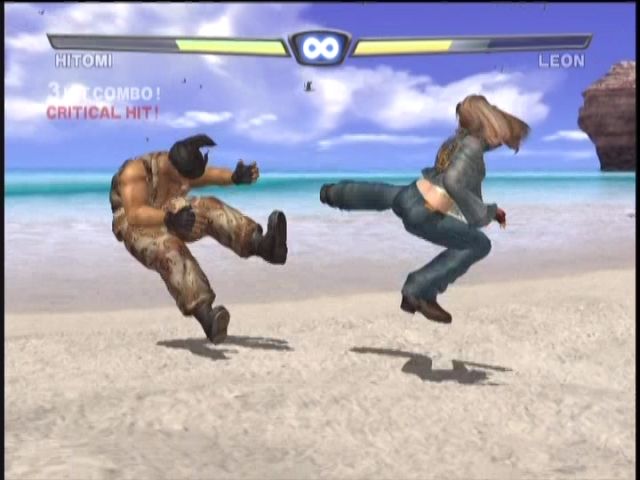
By the third game in a fighting game series, you’ve typically got the formula down pat. Dead or Alive 3 follows that trend, as there aren’t any major twists or turns this time. Instead, it’s all about polishing the established gameplay into a fun, exhilarating package.
Thanks to the power of the Xbox, Dead or Alive 3 leapt far beyond its predecessors in visual quality. Environments and character models looked better than ever without sacrificing performance — a critical component of any fighting game.
Its status as a launch title definitely contributed to its high sales, becoming one of the top 10 best-selling Xbox games. But another factor is just how damn fun the game is. It was clear that by Dead or Alive 3, the franchise had no intention of slowing down. With its crunchy strike-and-blow gameplay and visual finesse, the games were certainly a mainstay in the fighting game circuit.
And, of course, the sexy levels were cranked up once again. You’ve just got to accept that with Dead or Alive — especially since a certain volleyball spinoff was just around the corner…
3: Ninja Gaiden (2004, Xbox)
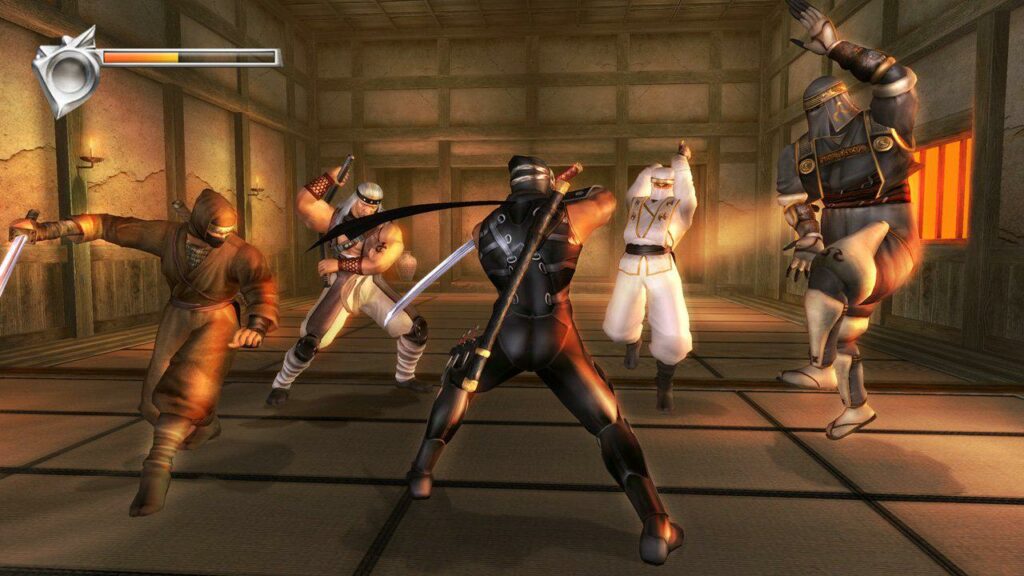
It didn’t exactly have strong ties to the original games on the NES, but that didn’t matter all that much. Ninja Gaiden, the team’s first non-DoA title, still kicks serious ass.
Ninja Gaiden took the lightning-fast speed of Dead or Alive and transplanted it into a high-intensity action game. With series like Devil May Cry and Onimusha all the rage at this time, it seemed like the prime opportunity for Team Ninja to do a game about, well, ninjas.
The action-adventure genre has grown so much since the 2000s that titles like Ninja Gaiden may seem quaint. You have to remember, though, that this kind of high-speed combat-oriented gameplay was still relatively fresh at the time. Going from level to level as Ryu Hayabusa, you need to hack-and-slash your way through enemy onslaughts with your arsenal of attacks and special moves. Stealth and ninja-esque parkour also played a factor, as each area is designed to let you reach new heights and speeds.
Oh, and you can’t forget the violence. Tarantino blood splatters and decapitations abound in this one!
4: Dead or Alive 2 Ultimate (2004, Xbox)
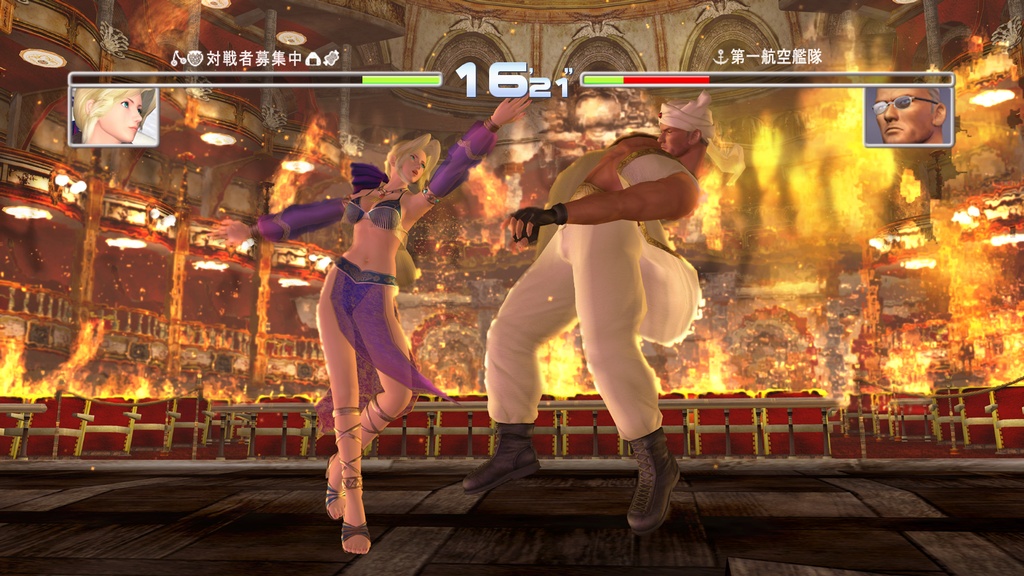
While the original Dead or Alive 2 was well-received, it’s also got a ton of versions to choose from. For our money, the remake found on Dead or Alive Ultimate is the best way to play this title.
The original version’s Tag Battle system and punishing attacks made it a solid improvement on the original. With the gameplay improvements from DoA3, it makes for the ultimate experience for this awesome fighting game sequel.
Plus, this was the first time Dead or Alive featured online play right out of the box via Xbox Live. We take this for granted nowadays — I don’t think we expect a fighting game to not have online play anymore. Yet until Dead or Alive 2 Ultimate, you had to wait for specific re-releases for games to add online play (if they’d be added at all).You’ll have a great time with any version of the game, but Ultimate provides the, er, ultimate arcade-like experience from the get-go.
5: Ninja Gaiden II (2008, Xbox 360)
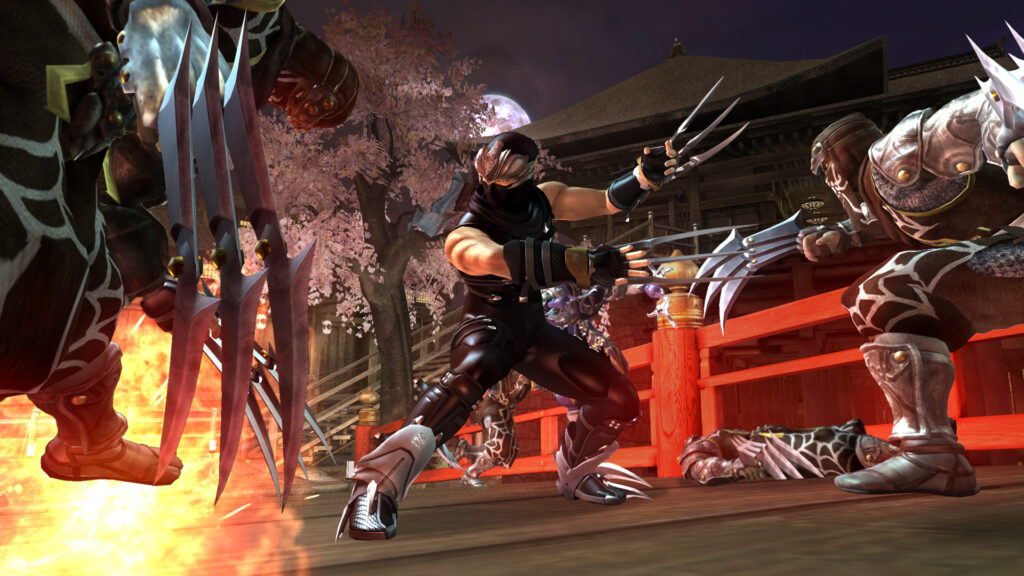
When Ninja Gaiden II was released, Team Ninja had already well-established its penchant for provocative sexuality and violence. This title is no exception, hitting you right out of the gate with its blood and guts. Its all-new dismemberment system meant the limbs were gonna fly.
As with its predecessor, Ninja Gaiden II is all about high-speed combat. Ryu and his enemies can deal out damage lickety-split, so learning how to effectively block and attack was a necessity in order to survive. Brand new weapons and devastating combat animations made it a sight to behold — not to mention play. It’s no doubt a difficult title, but once you get used to the blistering combat speed, it’s still a ton of fun.
Perhaps it didn’t fully live up to Team Ninja’s first Ninja Gaiden game. In fariness, it didn’t make as many improvements on the formula. Still, when you’ve got action as tight and as fast as this, it still managed to be an excellent hack-and-slash adventure.
6: Hyrule Warriors (2014, Wii U)
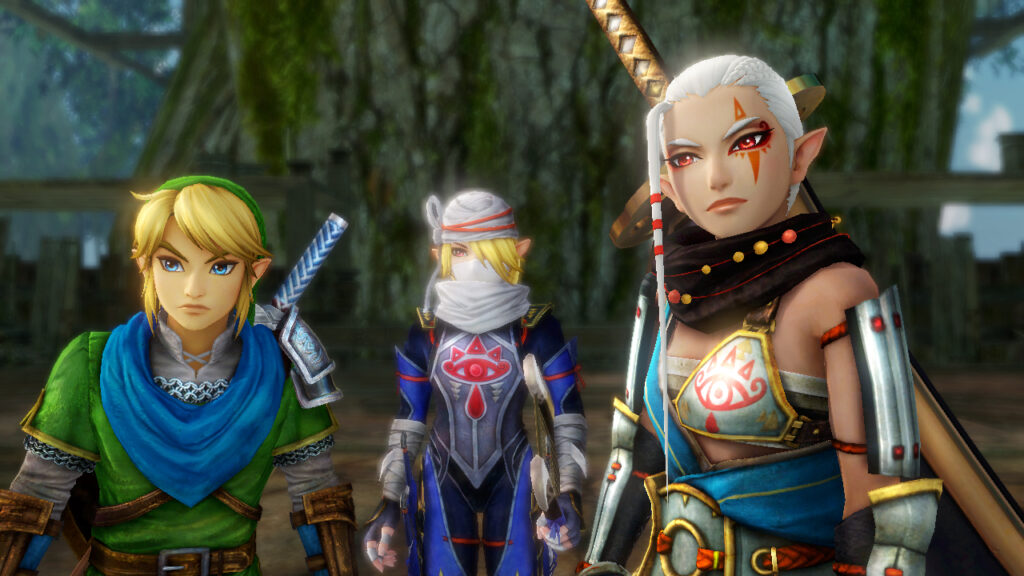
Team Ninja’s first collaboration with Nintendo, 2010’s Metroid: Other M, was met with, shall we say, tepid response from fans. Thankfully, even though it’s not everyone’s cup of tea, their next Nintendo project Hyrule Warriors would prove to be a major improvement.
Although in fairness, a lot of that had to be attributed to Omega Force, the developers of the Dynasty Warriors series which this game borrows the gameplay from. Still, the Team Ninja seal of action and quality is on display here, and it’s a sight to behold.
Combining the thrills of the Dynasty Warriors games with the fantasy adventure saga of the Zelda series, Hyrule Warriors crafts a truly unique experience among Zelda spinoffs. It’s far different than any other Zelda game to date (except, of course, its’ Breath of the Wild-themed sequel). But the combination of Warriors gameplay and traditional Zelda elements works surprisingly well.
It’s no wonder that Nintendo, Team Ninja, and Omega Force made lightning strike twice with the Fire Emblem series a few years later. That game’s also deserving of recognition, but as a non-Fire Emblem fan myself, I admittedly felt less inclined to highlight it here. (Sorry!)
7: Nioh (2017, PlayStation 4 / PlayStation 5 / PC)
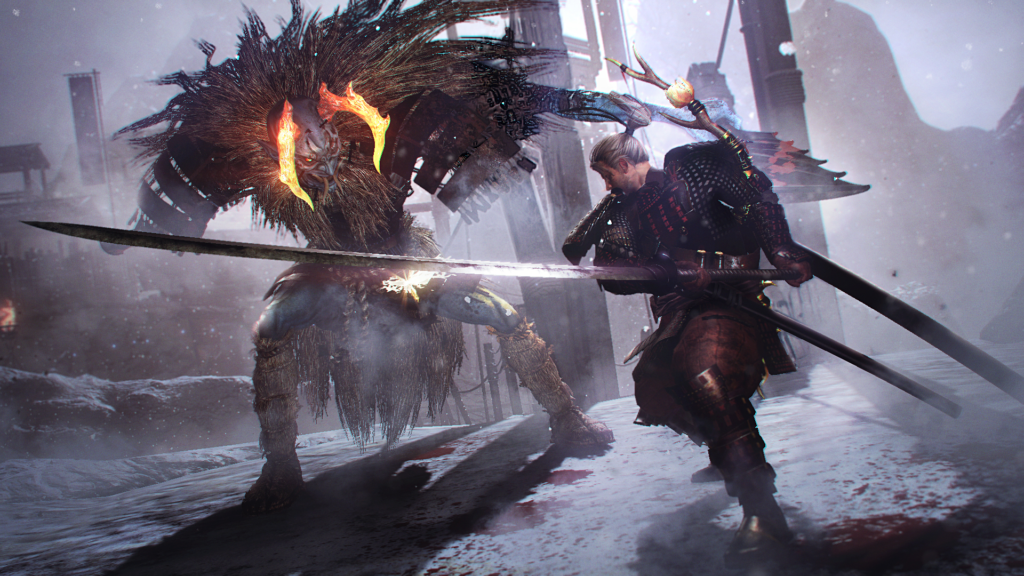
In many ways, Nioh feels like the ultimate combination of everything Team Ninja had developed up to this point. Fast and heavy melee-focused combat, an ancient setting mixed with the supernatural, and violence galore. But Nioh still managed to stick out even with over 20 years of games under Team Ninja’s belt.
Why? In many ways, it’s because Nioh embraced several modern gaming traditions while still keeping things familiar. This was well in the era of Dark Souls, lest you forget, and to the untrained eye, this might seem like a shameless copycat of FromSoftware’s eternal series. But thanks to, once again, that fast action-heavy combat, Nioh is undoubtedly in a realm of its own.
While it isn’t quite as speedy as the Ninja Gaiden series, the swordplay still feels incredibly exhilarating thanks to the impact and blows feeling real. Heavy swings and dodge rolling makes this one of the company’s more difficult outings, and yet also one of its most rewarding to get the hang of. It’s not Team Ninja’s first dark fantasy hack-and-slash action game, but it’s certainly one of their finest.
8: Dead or Alive 6 (2019, PlayStation 4 / Xbox One / PC)
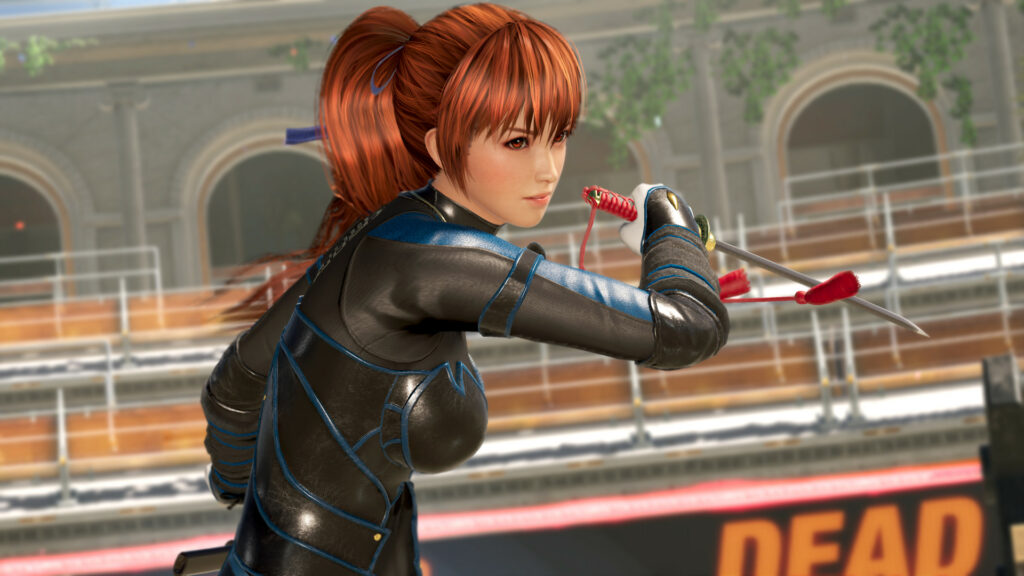
You might be surprised to see Dead or Alive 6 on this list if you heard anything about the game’s launch. And sure, if we were to judge solely on what the game was like when it first came out, it definitely wouldn’t make the cut. Yet I’m writing this list in 2023, and in the current year, this game manages to shine bright.
That’s mostly thanks to its gameplay, which gave new players an simpler time adjusting to the gameplay. Dead or Alive is not the easiest game to get into thanks to its fast, counter-heavy gameplay. Thus, this game was designed for both casual and e-sports crowds, blending the best of both worlds into a cohesive package.
The best thing about DoA6’s accessibility features is that it encourages players to learn the system rather than just providing a cheaper alternative control scheme. Yes, the Fatal Rush and Break Blow systems can help you win matches. But in order to really grow stronger, you can use those as a springboard to learning more advanced techniques. Dead or Alive 6 had a rocky start, but its accessible yet intense gameplay deserves to be recognized.
9: Nioh 2 (2020, PlayStation 4 / PlayStation 5 / PC)
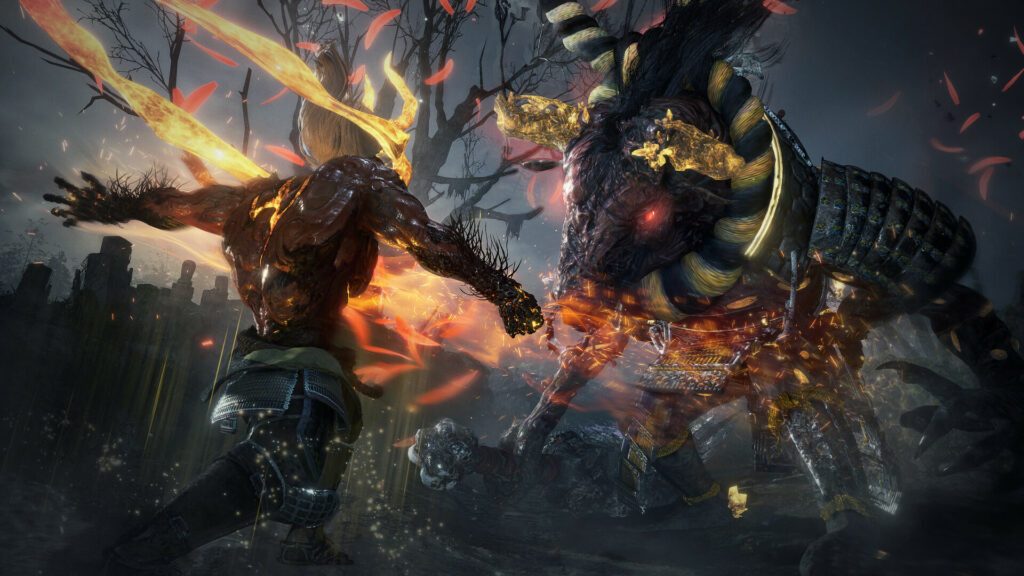
Finally, we come to one of Team Ninja’s latest releases: the sequel to their 2016 action-RPG, Nioh 2. Dead or Alive 6 proved that Team Ninja could create something truly accessible to newcomers and hardcore gamers alike. Nioh 2 reminded us exactly which crowd they want to cater for. (Hint: it’s not the casual side.)
Everything about Nioh 2 expands on what made the original so great, making for some of the most balanced and hard-hitting gameplay in the company’s history. It is also one of Team Ninja’s most challenging, throwing waves upon waves of enemies in your path and giving you just enough materials to survive. If you can hack it, that is.
Just like the first game, Nioh 2 feels like a celebration of what makes Team Ninja games so great. You have the intense battle systems, a full-fledged historical world to explore, and dark fantasy elements to heighten that sense of magic and wonder. Coupled with the fine-tuning of some of Nioh’s issues, and you’re left with one hell of a game to end this list on.
Wo Long: Fallen Dynasty is Team Ninja’s latest epic
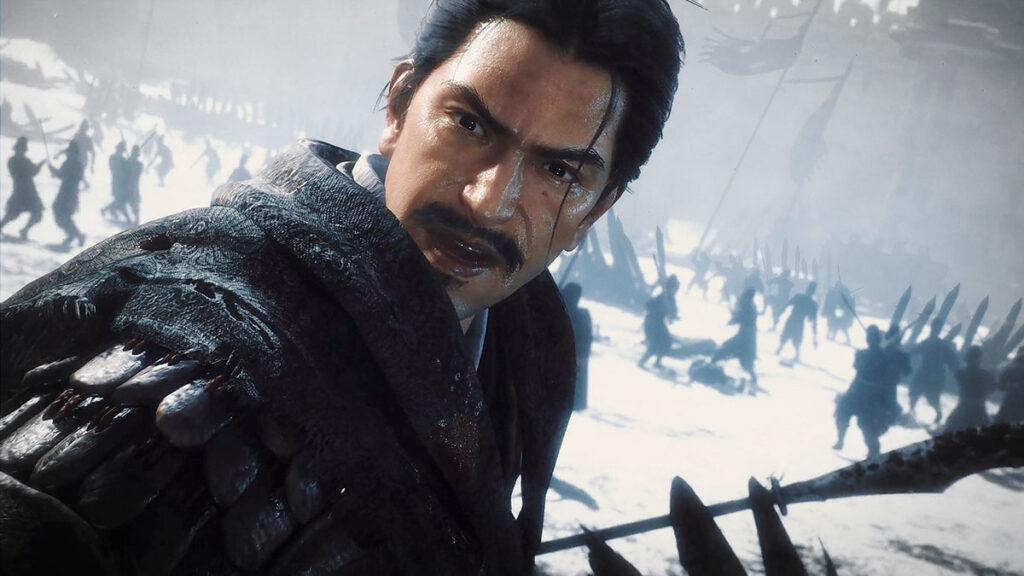
Even with all these titles under their belt, Team Ninja is far from through. The upcoming Wo Long: Fallen Dynasty launches on March 3 for the PlayStation 4, PlayStation 5, Xbox One, Xbox Series X/S, and PC via Steam. It will also be available on day one on Xbox and PC Game Pass.
What are some of your favorite Team Ninja games? Are you looking forward to Wo Long: Fallen Dynasty? Let us know!

